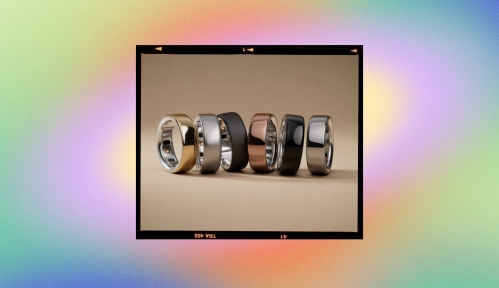If you’ve ever rolled your ankle while wearing some too-high heels or busted your elbow trying out your nephew’s skateboard, your next move was probably a trip to the freezer for an ice pack to take the sting out of your throbbing injury. But have you ever stopped to consider why ice is useful in these situations? Here’s another scenario: You’re doubled over with cramps, desperately reaching for the heating pad you keep tucked away in your nightstand. In either case, how do you know whether it’s better to use heat or ice on an injury or other ailment?
Experts in This Article
The truth is, how and when you use heat and ice for pain makes a world of a difference. Temperature therapy, also known as thermotherapy or cryotherapy, is commonly used to help alleviate pain and inflammation associated with injuries. Both heat and cold have physiological impacts on the body that benefit your injuries or pain quite effectively, says Kevin Smith, PT, DPT, CBIS owner of Clarity Rehabilitation and Physical Therapy, Inc.
However, the effects that heat and cold have on your body are very different on a cellular level. It’s important to use the right type of temperature therapy on an injury or acute pain—because the wrong one could actually make matters worse.
How do ice and heat help with an injury?
Both hot and cold temperatures have a primary impact on blood flow and your blood vessels. What kind of temperature to use depends on what your body needs in the moment. For example, when pressed to the skin, hot temperatures encourage blood flow by dilating the blood vessels of the area, aka the blood vessels will open wider and increase blood flow.
Heat will improve the elasticity of the tissues, which then relaxes muscles and reduces tension. Often with an injury, muscles in the area will tighten up to protect it. Heat can help with relaxing those muscles and restoring appropriate tension. This is why heat is particularly helpful for muscle spasms and tight areas that would benefit from increased blood flow and more flexibility, says Dr. Smith.
On the other hand, cold constricts the blood vessels to close, which reduces blood flow to the area. This reduces inflammation and temporarily desensitizes the nerves in the area, providing another avenue of pain relief. Cold is particularly useful for acute injuries that cause swelling, like sprained ankles.
“I tell my patients to use heat if they’re feeling stiff and need to loosen up, but I like to have them end the day with ice to decrease any swelling and calm the area,” says Dr. Smith.
When is it best to use heat?
Heat is ideal for tightness, stiffness, and pain that occurs because of those two things. That’s why heat eases chronic pain and period cramps, for some people.
“Heat has also been shown to be effective in reducing delayed onset muscle soreness from a hard workout. It is also very effective for arthritis; for example, paraffin baths for arthritis in the hand or foot can have a big effect on pain as arthritis limits the range of motion, and muscles that are static (not moving) will stiffen up and adapt to that length,” says Dr. Smith. “Muscles also assist in perpetuating blood flow, so if they are not getting moved, then blood flow will decrease.”
Essentially, if there’s tightness or stiffness, warming up the spot could increase mobility. What you don’t want to do is use heat on a recent injury, like a sprained ankle. Because heat increases blood flow, it could also increase swelling—which you don’t want.
When is it best to use cold to treat an injury?
“Ice will be your friend for acute injuries like an ankle sprain—it has been shown to be more effective than heat therapy to return to activity or sport,” says Dr. Smith. In addition, “Any injuries like a pinched nerve in the spine or a pressed nerve in the body usually benefit from the decreased swelling and inflammatory effects of ice, as well as desensitizing the area,” he says.
When looking at a condition like chronic pain, the acute injury or inflammation is usually gone, but changes in the brain have occurred that make the area more sensitized, and the brain interprets this as pain, Dr. Smith explains. “In these conditions, I recommend icing frequently throughout the day as a way to desensitize the nervous system, so it’s not always on high alert from every stimulus. If you ice for longer than 30 min at a time though, you may get the opposite effect than what you want, as the body will send increased blood flow to the area to support it,” he adds.
Cold should be avoided when the pain or injury is a result of tightness or stiffness, like a muscle spasm, as it could worsen your symptoms. Additionally, Dr. Smith would advise against using cold if you have an area that has poor circulation, like neuropathy and peripheral vascular disease.
If you’re still not sure whether an injury or ailment would benefit from ice or heat, you can always as a trusted medical professional or provider. They can help steer you in the right direction—so you can get back on your feet faster.
Sign Up for Our Daily Newsletter
Get all the latest in wellness, trends, food, fitness, beauty, and more delivered right to your inbox.
Got it, you've been added to our email list.











